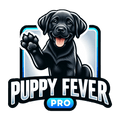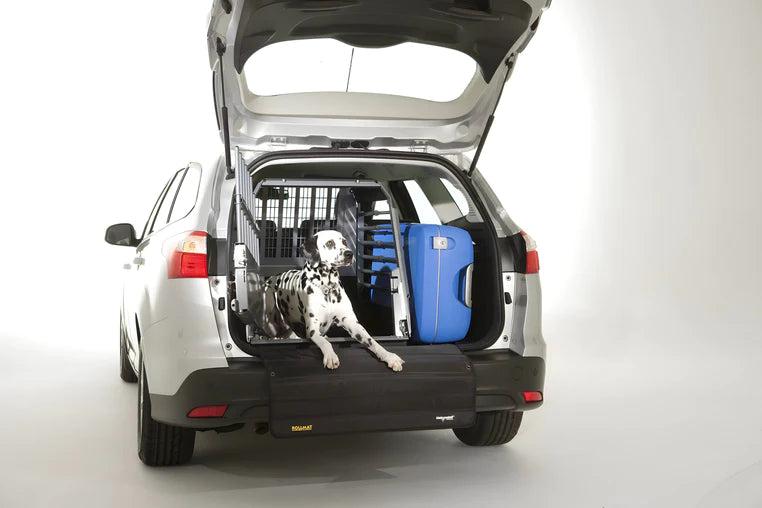737-215-3211

10 Essential Safety Tips for Dog Owners | Protecting Your Furry Friend
Dogs are not just pets; they're part of the family. Just like you would take precautions to ensure the safety of your family members, it's essential to do the same for your furry friend. Here are ten safety tips every dog owner should consider to keep their pet safe, happy, and healthy.
Identification is Key
Every dog should have proper identification.
- Microchipping: This tiny device, implanted under the skin, can help reunite you with your dog if they get lost.
- Collar & ID Tag: Ensure your dog wears a collar with an ID tag that includes your current contact details.
- Update Information: Whenever you move or change your phone number, remember to update your dog's ID tag and microchip information.
2. Leash Training Matters
Never underestimate the power of a well-trained dog on a leash.
- Avoid Distractions: A leash can prevent your dog from running after cars, other animals, or getting lost.
- Safety in Numbers: A leashed dog is less likely to encounter aggressive unleashed dogs.
- Control: It provides you with control during unpredictable situations.
3. Canine First Aid Knowledge
Accidents happen. Knowing canine first aid can make a difference.
- First Aid Kit: Always have a canine-specific first aid kit on hand, especially during outings.
- Learn Basic Procedures: Familiarize yourself with essential techniques like CPR for dogs.
- Emergency Vet: Always have your vet's emergency number on hand.
4. Proper Fencing
A fenced yard is a safe haven for dogs.
- Check for Gaps: Ensure there are no spaces where your dog can squeeze through.
- Height Matters: Ensure the fence is high enough, considering some dogs can jump impressively high.
- Lock it Up: Always have a lock or latch, so it’s not accidentally left open.
5. Beware of Toxic Foods
Dogs have different digestive systems; not all human foods are safe.
- Chocolate is a No-No: Even in small amounts, chocolate can be fatal to dogs.
- Xylitol Danger: This sweetener, found in many candies and gums, is deadly for dogs.
- Educate the Household: Ensure everyone knows which foods are off-limits for the dog.
6. Puppy Proof Your Home
Just like toddlers, puppies are curious creatures.
- Hide Electrical Cords: Chewing on these can be fatal.
- Secure Trash Cans: They can contain harmful substances or choking hazards.
- Avoid Small Objects: Puppies can swallow or choke on tiny items.
7. Regular Vet Visits
An ounce of prevention is worth a pound of cure.
- Vaccinations: Ensure your dog is up-to-date with all their shots.
- Check-ups: Regular vet visits can catch potential issues early.
- Parasite Prevention: Discuss flea, tick, and worm prevention with your vet.
8. Safe Car Travel
If your dog joins you for rides, their safety is paramount.
- Use a Harness or Crate: Dogs should be restrained during car travel.
- Never Leave in a Hot Car: Even with the windows down, cars can become deadly in minutes.
- Avoid Head Out the Window: Flying debris can injure your dog's eyes or ears.
9. Be Cautious Around Water
Not all dogs are natural swimmers.
- Supervise: Always watch your dog around pools, lakes, or the sea.
- Doggy Life Jackets: These can be a lifesaver, literally!
- Teach Exit Points: Ensure your dog knows how to get out of a pool or body of water.
10. Regular Exercise and Mental Stimulation
A happy dog is a safe dog.
- Physical Activity: Regular walks and playtime can prevent obesity and related diseases.
- Mental Challenges: Toys and training sessions keep your dog’s mind sharp.
- Socialization: Regular interaction with other dogs can help your pet learn proper behavior.
FAQs
Q: Can I use human first aid supplies on my dog?
A: While some human first aid supplies can be used on dogs, it's essential to have canine-specific items and know the dos and don’ts. Always consult with a vet.
Q: How often should I visit the vet?
A: At a minimum, annual check-ups are recommended. Puppies, senior dogs, or dogs with health issues might need more frequent visits.
Q: Is it okay for dogs to eat fruits and vegetables?
A: Many fruits and vegetables are safe and healthy for dogs, like carrots or blueberries. However, always research or ask a vet before introducing any new food.
Conclusion
Keeping your dog safe is a combination of preparation, education, and vigilance. By following these tips and always considering your dog's well-being, you can ensure countless joyful and safe moments together. After all, a safe dog is a happy dog!





Leave a comment